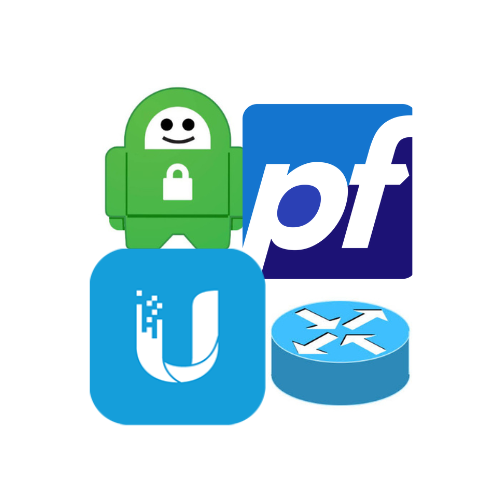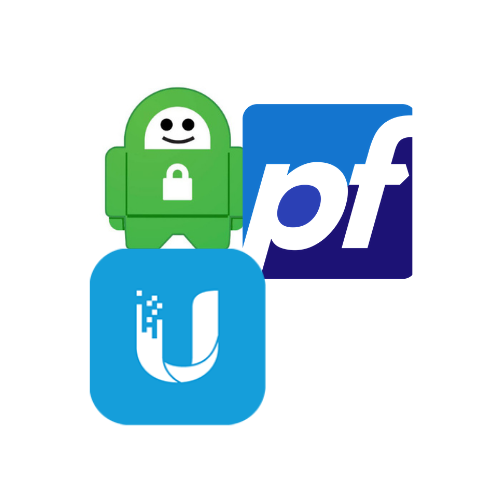
Using a New NTLM Hash Lookup Bulk Check API
Using a New NTLM Hash Lookup Bulk Check API In today’s cybersecurity landscape, organizations and security professionals are continually searching for efficient ways to detect and mitigate threats. One such method involves using NTLM hash lookup services. If you’re looking to validate multiple NTLM hashes quickly, a bulk check API can be invaluable. In this post, we’ll delve into the specifics of using a NTLM hash lookup bulk check API and guide you through the process....



